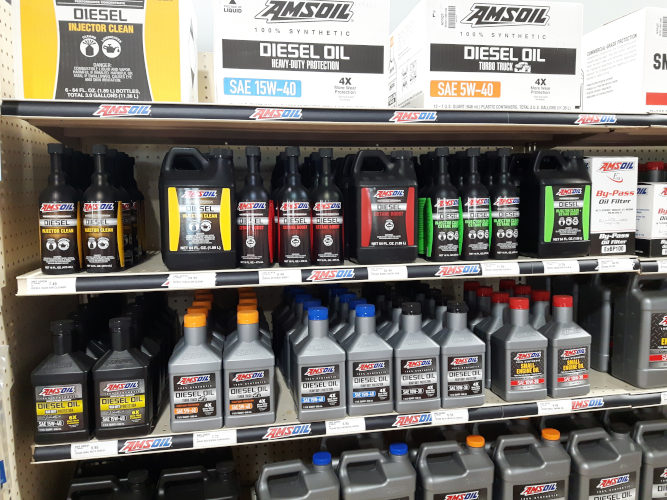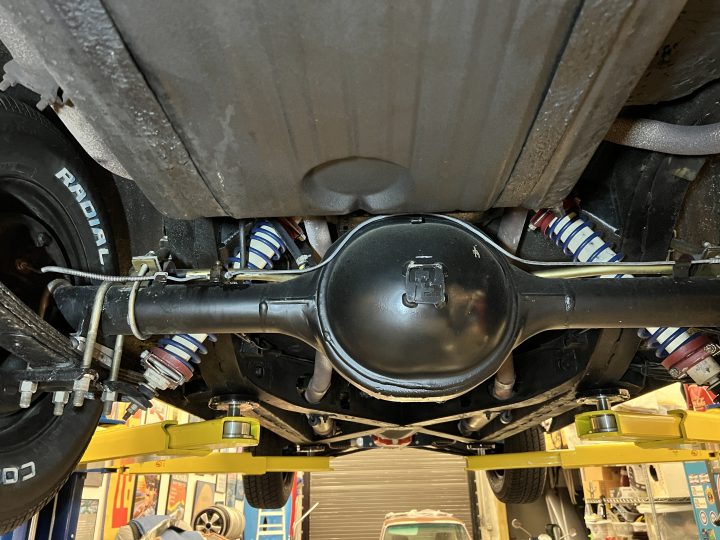SIGNATURE SERIES Protects Engines from Future Industry Problem LSPI can destroy pistons and connecting rods, bringing an engine to a standstill in seconds. Original equipment manufacturers (OEMs) like General Motors (GM)* have addressed the issue by designing tests to gauge a motor oil’s ability to prevent these destructive events. Signature Series achieved 100 percent protection […]
The New SEVERE GEAR Easy-Pack Makes Chan...
The New SEVERE GEAR Easy-Pack Makes Changing Gear Oil Easy Andy Arendt|Aug 01, 2018 10:28 AM Changing gear oil in differentials and manual transmissions is critical for smooth operatation and reduced maintenance. But professional mechanics and DIY enthusiasts agree: changing gear oil is a hassle. That ’70s squeeze bottle The source of the hassle can be […]
Safetey changing oil at 3,000 Mile? Why ...
Busting the 3,000 Mile Oil Change Myth Andy Arendt|Feb 13, 2018 10:40 AM Changing your oil every 3,000 miles is a practice passed down for generations. The origin likely stems from the noble effort to provide consumers with a simple vehicle-maintenance rule that left plenty of room for error. Marketed by fast lubes Fast lube […]
Why Does Motor Oil Turn Black?
Motor Oil Turning Black Isn’t an Indicator of Bad Oil John Baker|Oct 11, 2018 2:00 PM What causes black motor oil? And when your oil darkens does it mean it’s time to change it? Well, there are a couple of factors that can cause the former. Let’s dig in. Factors causing black motor oil Heat […]










